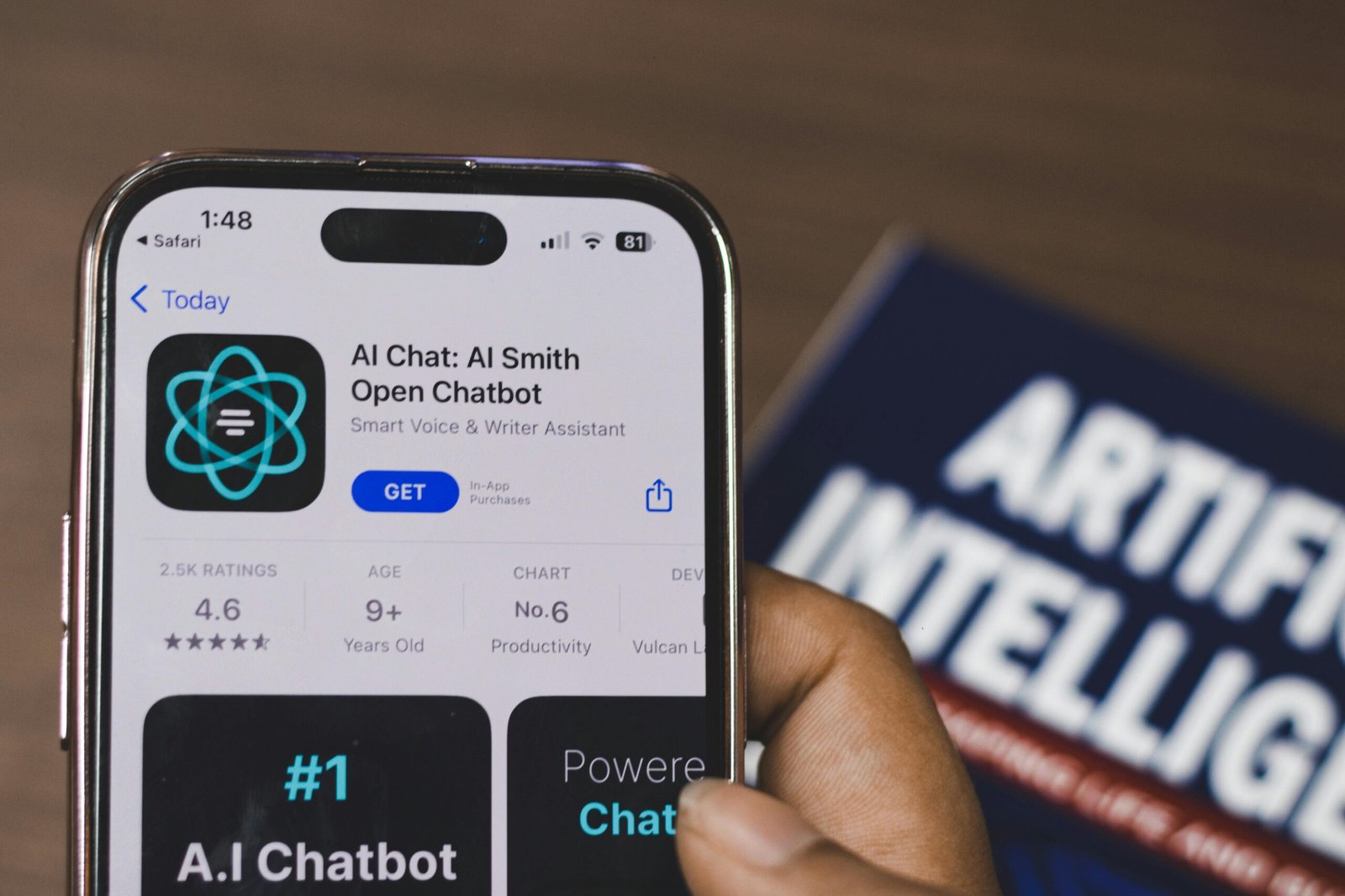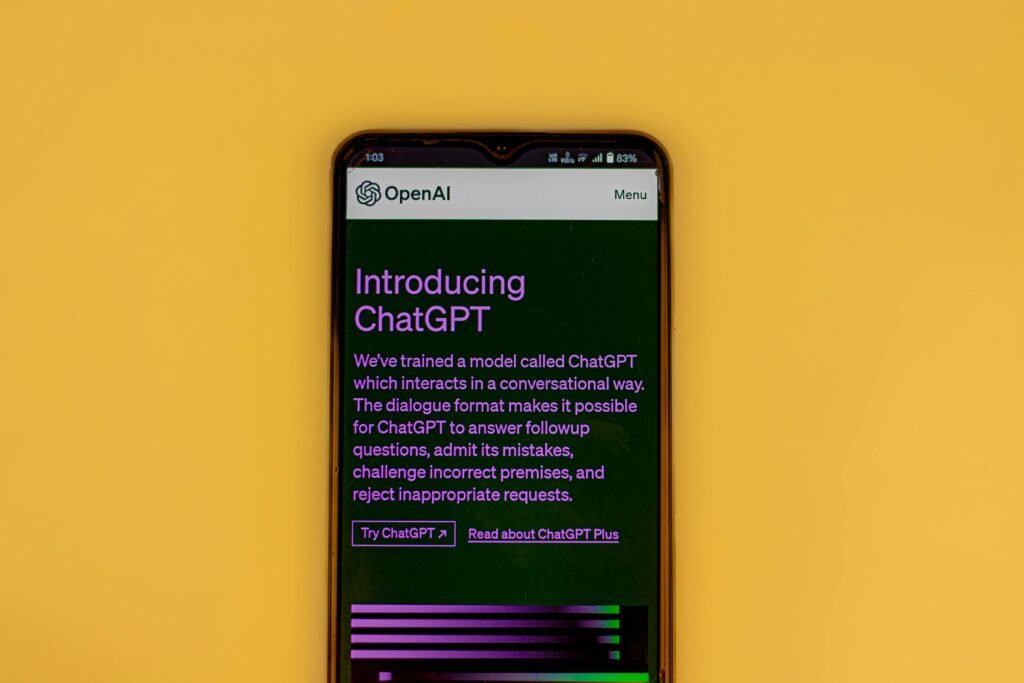In a breakthrough that’s being hailed as one of the most significant advancements in artificial intelligence (AI) in recent years, OpenAI’s ChatGPT text-generating AI chatbot has taken the world by storm. This revolutionary AI model has the potential to transform the way humans interact with computers, and its impact is being felt across various industries, from customer service to content creation. In this article, we’ll delve into the inner workings of ChatGPT, its capabilities, and the implications of this technological marvel.
ChatGPT is a text-generating AI chatbot developed by OpenAI, a leading AI research organization. It’s a type of language model that uses a combination of machine learning algorithms and large datasets to generate human-like text responses to user input. ChatGPT is designed to engage in conversation, answer questions, and even create content, such as articles, stories, and dialogue.
ChatGPT, the latest language model developed by OpenAI, has taken the world by storm with its revolutionary capabilities. This AI chatbot has the ability to understand and respond to human input in a way that is unprecedented in the field of artificial intelligence. With its advanced language processing abilities, ChatGPT can engage in natural-sounding conversations, answer complex questions, and even generate creative content such as stories and dialogues.
One of the key features that sets ChatGPT apart from other language models is its ability to understand context and nuance. Unlike other AI chatbots that rely on pre-programmed responses, ChatGPT uses a combination of machine learning algorithms and large datasets to generate responses that are tailored to the specific conversation. This allows it to understand subtle cues and nuances in language, making it seem more human-like in its interactions.

Another impressive aspect of ChatGPT is its ability to learn and adapt over time. Through its interactions with users, ChatGPT can refine its understanding of language and improve its responses. This means that the more it is used, the more accurate and informative its responses will become. Additionally, ChatGPT’s ability to generate creative content is unparalleled. It can produce high-quality writing that is engaging, informative, and even entertaining. The implications and applications of ChatGPT are far-reaching and diverse. One of the most significant potential applications is in the field of customer service. ChatGPT’s ability to understand and respond to complex queries makes it an ideal solution for companies looking to improve their customer service experience. It can provide instant support to customers, answering their questions and resolving their issues in a timely and efficient manner. Another potential application of ChatGPT is in the field of education. Its ability to generate creative content and engage in natural-sounding conversations makes it an ideal tool for language learning and writing instruction. It can assist students with their writing assignments, provide feedback on their work, and even engage in conversations to help them practice their language skills. Furthermore, OpenAI’s ChatGPT has the potential to revolutionize the field of content creation. Its ability to generate high-quality writing makes it an ideal solution for companies looking to produce engaging and informative content. It can assist writers with their research, provide suggestions for topics and ideas, and even generate entire articles and stories. The possibilities are endless, and the potential impact on the field of content creation is significant. As ChatGPT continues to evolve and improve, we can expect to see even more advanced language models and chatbots that can assist us with a wide range of tasks and applications. Some potential developments include As AI technology continues to evolve, we can expect to see even more advanced language models and chatbots that can assist us with a wide range of tasks and applications. The future of ChatGPT and AI language models is exciting and full of possibilities, and we can expect to see significant developments in the years to come.
Multimodal Interaction: ChatGPT and other language models may eventually be able to interact with us through multiple modalities, such as text, voice, and even vision. This could enable more natural and intuitive interactions, and even allow us to communicate with AI systems in a more human-like way.


